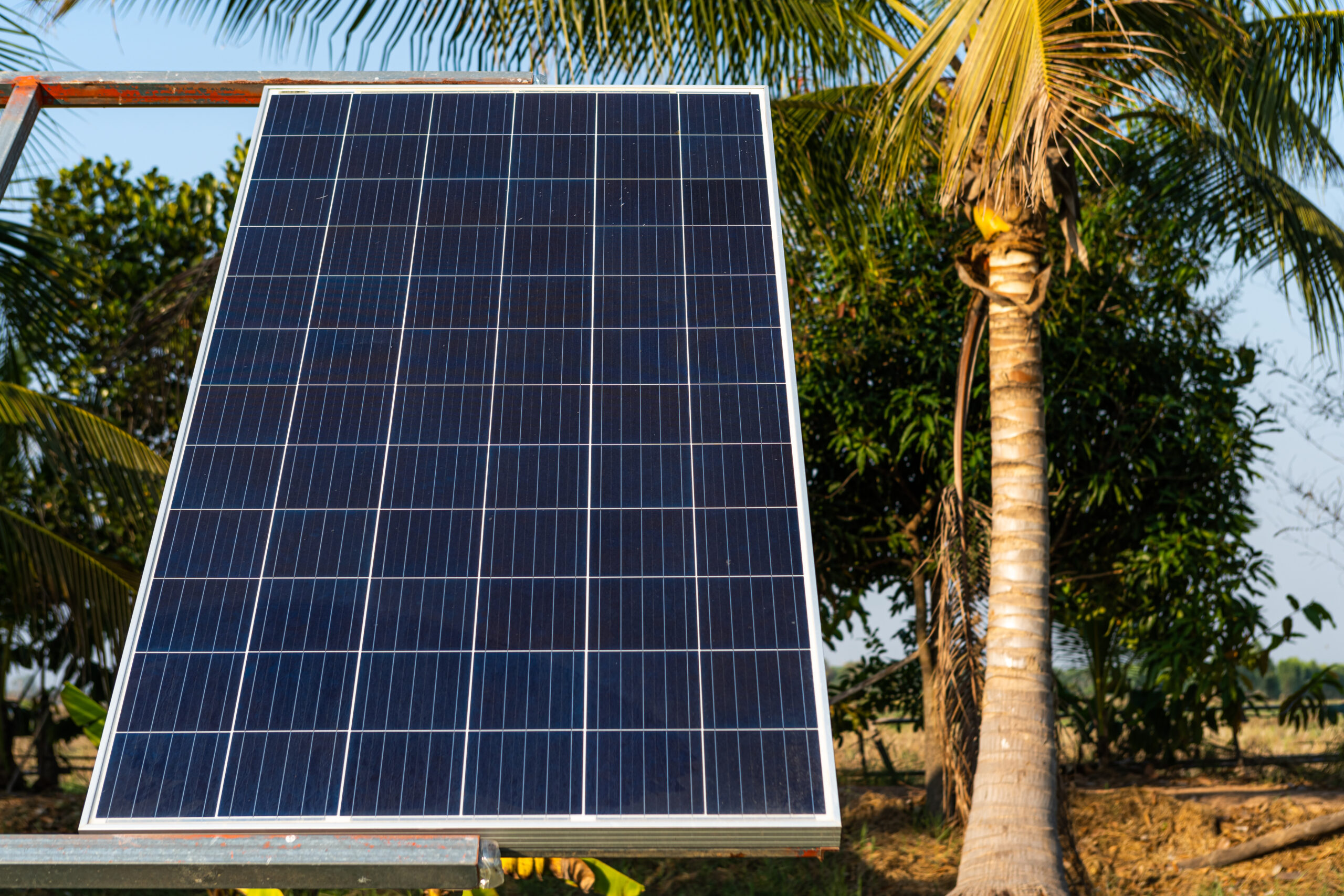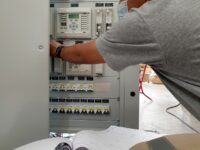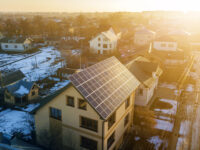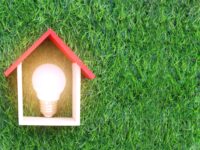On-grid solar energy systems are the most common choice in places where there is a traditional power grid. Grid-connected solar energy systems give people the chance to be prosumers, which means they can make, use, and sell extra solar energy to the utility grid in their area.
Components of an ON-Grid Solar Energy System
Let’s look at the main parts of a grid-connected solar system first. Then, we can start designing.
- Solar panel
- Inverter
- Mounting framework for modules
- Distribution box for air conditioning
- System for earthing and lightning protection
- Other BoS products, such as cables
- System of net metering
Rooftop space available:
Before installing a solar plant at your home or business, make sure there isn’t any shade. In general, one kWp of solar PV needs about 100 square feet of shadow-free space. For a high-power monocrystalline solar module, an area of 80 Sq ft is enough for a 1kWp plant.
The house’s or building’s energy needs are:
Once you think out which area of the roof isn’t covered by shadows, the next step is to compute how much energy you need. People can look at their electricity bills from the last 12 months to figure out how much energy they need.
On-Grid Solar Sanctioned Load:
The next move is to calculate how much electricity each residential or commercial customer can use. Before installing solar panels in a certain area, one needs to figure out how much electricity the area can use because the DISCOM in different states has different rules. According to our case study, the amount of electricity consuming 3KW in the house (The customer can install a higher capacity load plant by taking permission from the DISCOM).
On-Grid Solar Verify Phases:
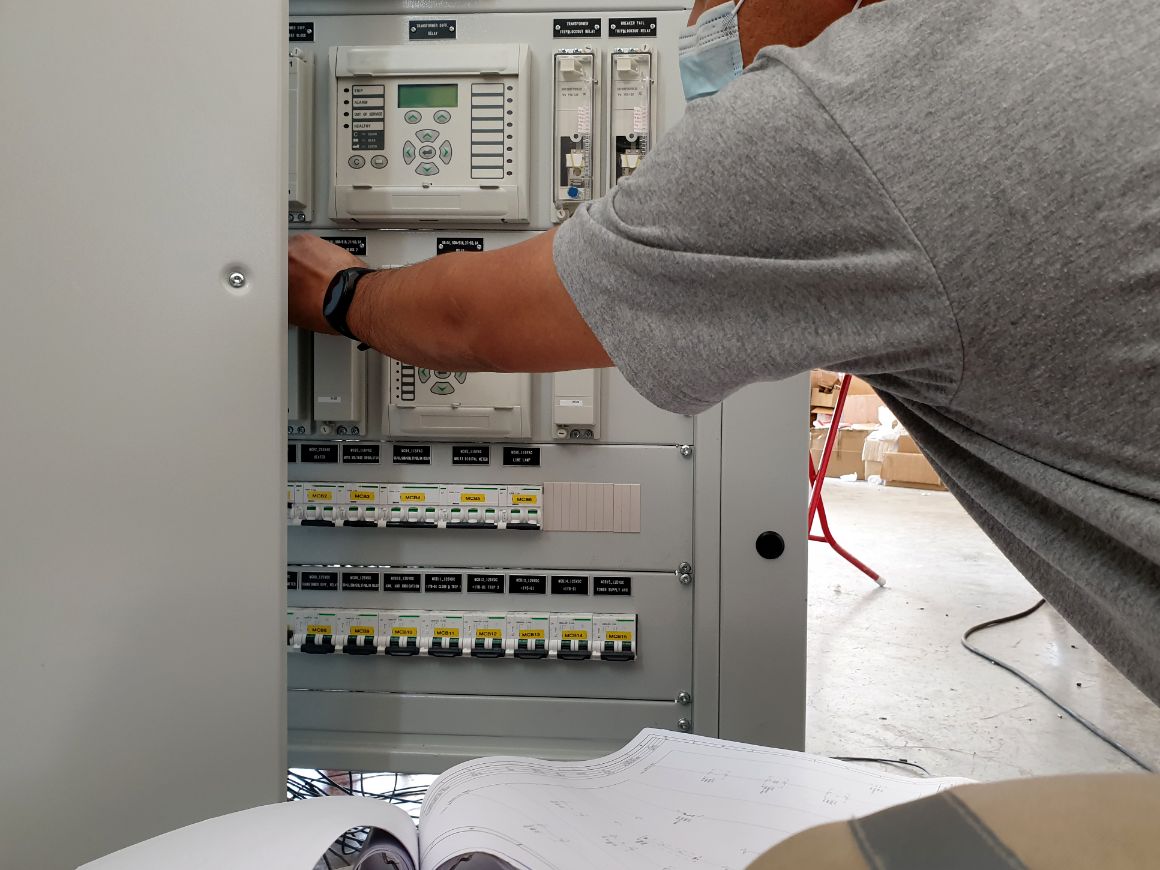
This is the next step. You need to figure out if the house is single-phase or three-phase. There are single-phase and three-phase inverters for different power needs. We need to check the house phase to make sure we buy the right inverter. In the market, there are single-phase and three-phase inverters for power needs of up to 5kW.
Steps in the Design of a Rooftop On-Grid Solar Energy System
Once all of the rules above are met, the next step is to design a grid-tied solar energy system for that location.
Shadow Analysis and Panel Positioning:
SolarLabs, SketchUp, Helioscope, and other programs can help you do 3D shadow analysis to find obstructions on the building or in the surrounding area that might cast shadows on the solar panels, so you can figure out how to avoid this.
The next step is to figure out how big the solar energy system should be.
When the design is done, the next step is to figure out where there won’t be any shadows and where the solar panels should be placed.
During the sun peak hours of 9 a.m. to 4 p.m., no shadow should fall on the spot where solar panels will be put.
If you want to put the panels in landscape or portrait mode, make sure there is enough space between the rows so that one panel doesn’t cast a shadow on the one behind it and is easy to clean.
According to the amount of shadow-free space you have, determine how high the building should be. If any modules are in the shadow area, adjust their height to get over it.
In this case, we’ll look at modules with 335 Wp of power. The solar plant with a 3 kWp capacity will have that many modules.
The number of modules is 3000/335 = 8.955, which means 9 modules.
The next step is to put these 9 solar modules in place. There are 9 modules that we can connect in a series called a string.
On-Grid Solar Inverter Choice:
Inverting the direct current (DC) from a solar panel into alternating current (AC). The solar inverter converts the AC into DC (AC). Most of the appliances in our home or building and those connected to the utility grid use AC power, so choosing the right side of the inverter is very important. String inverters are good for residential and commercial applications because they are cheap.
Also Read:
The AC Distribution Box (ACDB):
The next move is to put together an AC Distribution Board (ACDB) with the SPDs, MCBs, and terminations that it needs.
Ensure the box has a good Ingress Protection rating, like IP65 for outside.
MMS (Module Mounting Structure):
When you choose a solar panel mounting structure, you need to make sure it can withstand things like dust, rain, and so on. This is so the solar panel can keep working for a long 25 years.
On-Grid Solar Cables:
Conventional cable selection is needed to connect all the things that have been put in.
The chosen DC Cables must be tinned copper cross-linked polyolefin (XLPO) with enough current-carrying capacity.
A Copper/Aluminum cross-linked polyethylene cable (XLPE) can be used for AC cables, depending on how much power they lose and where they are used.
The cable must be chosen to lose less than 2% of the length.
Lightning Arrestor and Earthing
Many things can happen to solar panels when they’re on the roof or in the open air. During the rainy season, solar panels come into direct or indirect contact with lightning. To protect the solar panels from these threats, the following steps must be taken:
A maintenance-free earthing pit for the solar panels, the inverter, and the lightning arrestor should be planned ahead of time.
This is where the LA should be put in. Take care to make sure that the down conductor of the LA connects to the earth pit.
Net-metered electricity:
Solar net metering allows for a two-way flow of electricity, which means exporting and importing energy to and from the utility grid.

